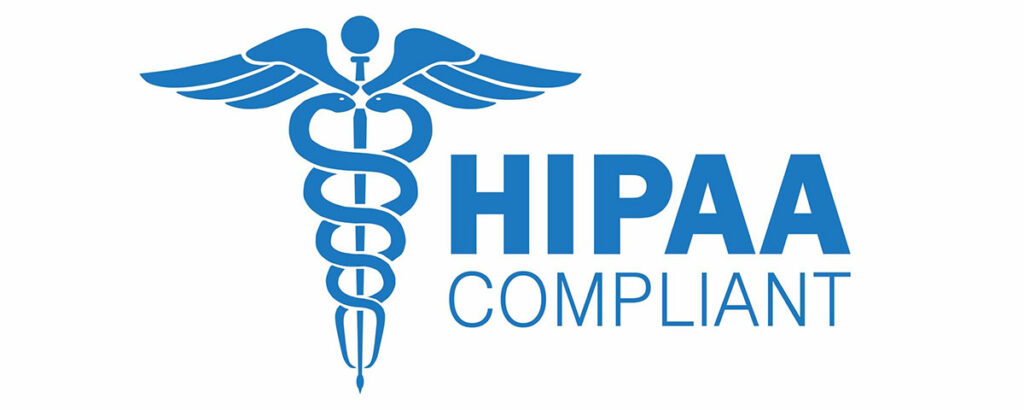
51 percent of consumers say a business needs to be available 24/7. And according to this report, they not only need to be available, but also engaged. In the medical industry, this number is undoubtedly higher because there are no “off” days when it comes to patient care. But what does customer service really look like for a medical courier? What does it mean to get it right?
H2H (Human to Human) Support
With more and more customer service functionality being automated (automated call menus and info, chat bots), we seem to be moving away from H2H (Human 2 Human) interactions. While automated customer support can allow B2C companies to up their customer service game exponentially, it’s not a great choice for B2B—especially not in the medical industry. Here’s why.
B2B demands a higher level of communication, connectivity, and a 360 degree customer view. If I’m depending on you to follow through so I can get paid, I need to be able to reach you, not a bot, if things go wrong. And what’s more, I want you to know everything about our relationship together before I tell you why I called. That’s great customer service.
800 numbers may feel dated to some, but they are a lifeline in the medical courier field where direct communication can make all the difference in patient care. Being able to speak to a real live human at any hour 365 days a year is not a luxury, it’s a necessity.
What happens if you can’t reach the medical courier to determine when a patient biopsy was delivered to the lab? The last thing you want is to have to tell that patient they have to come back in to do the procedure again (if they can). You need someone on the line who understands the situation and can help you now.
A Personalized Customer Experience
Eighty-one percent of consumers want brands to understand them better and know when and when not to approach them (Source: Accenture). This means knowing who your customers are and what they need is more important than ever. So what does this mean for a medical courier?
While H2H interaction is the gold standard for building relationships with customers in this space, technology allows us the data to anticipate their needs. Tracking specimens in real time and keeping track of customer metrics through a personalized dashboard creates opportunities for better medical courier customer service. Here’s why.
When you can see daily, monthly, and yearly pickup volume at a glance, you know when your customer may need expanded service in a particular area. You know that they’ll need help in rolling that expansion out with extra client training and phone support. You’re showing them you care because you’re paying attention to their experience.
When we can anticipate medical courier customer needs and meet them with responsive real live human support, we are delivering the gold standard of medical courier customer service the medical industry and patients depend on.











